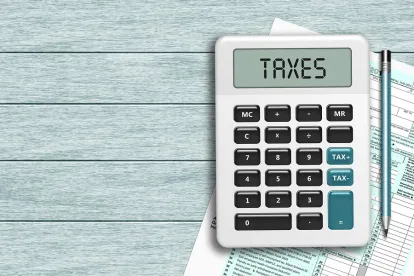Earlier this fall, we sent out an advisory regarding the estate tax planning implications of the proposed Build Back Better Act (the “Act”), which had been introduced in the House of Representatives. In its then-current form, the legislation would have had drastic impacts on transfer taxes, grantor trust rules, and income taxes. The House debated and revised the Act for two months before passing the Act on November 19. Below we summarize how the passed version of the Act differs from the version of the Act we summarized in October. Note, however, that the Act is now being reviewed and revised by the Senate, so we should expect further changes.
Transfer Taxes
As initially proposed, the Act would have reduced the current $11.7 million basic exclusion amount (BEA) to approximately $6 million on January 1, 2022. The current version of the Act does not reduce the basic exclusion amount. The BEA is scheduled to increase on January 1, 2022 to $12.06 million. However, as previously noted, the BEA will revert to its pre-2017 Tax Cuts and Jobs Act level in 2026 ($5 million, which will be adjusted for inflation at that time), absent further legislation.
Grantor Trust Rules
Estate planners and their high net worth clients were taken aback by the initial Act’s proposal to eliminate grantor trust rules, which planners have been using for decades to help reduce the size of clients’ taxable estates and to achieve income tax savings. The new rules would have applied both to trusts created after the passage of the Act and to subsequent transfers to trusts that predated the Act. The updated version of the Act does not contain any change to the existing grantor trust rules under current law, which means that this planning can continue to be used.
Income Tax Rates
The initial version of the Act contained several changes to income tax rates, and many of those still exist in the current version of the Act. The proposals most relevant to high net worth individuals that remain in the Act are as follows:
-
A five percent tax surcharge on individuals with annual income exceeding $10 million and an additional three percent tax surcharge on individuals with annual income exceeding $25 million.
-
The five percent tax surcharge would be imposed on an estate or trust with undistributed taxable income of $200,000 or more.
-
-
The Act includes several limitations on the ability of high-income taxpayers to take advantage of certain retirement account tax breaks.
-
Beginning in 2029: Additional contributions to a Roth IRA or traditional IRA would be barred for a tax year if a taxpayer’s income exceeds $400,000 ($425,000 for head of household and $450,000 for married taxpayers) and if the contributions would cause the total value of an individual’s IRA and defined contribution accounts as of the end of the prior tax year to exceed $10 million.
-
Beginning in 2022: “Backdoor” Roth IRA conversions would be eliminated. This tactic allows individuals to avoid the Roth IRA contribution limits by making nondeductible contributions to a traditional IRA and then transferring those contributions to a Roth IRA later. However, under the proposed legislation, individuals would not be able to convert after-tax contributions in an IRA or qualified retirement plan to a Roth account, regardless of income.
-
Beginning in 2032: The Act would eliminate all Roth conversions if a taxpayer’s income exceeds the applicable thresholds provided above ($400,000, $425,000, and $450,000, respectively).
-
-
For sales or exchanges of qualified small business stock made pursuant to a binding contract that was in effect on September 13, 2021 or later, gains would be taxed for those with annual incomes above $400,000, which is a change from current law.
As we have learned over the past few months of debate, this proposed legislation is just that – proposed – and is subject to change. We will update you when the final version of the Act is passed.







 />i
/>i


